How to deal with Damp and Mould
Damp and Mould prevention
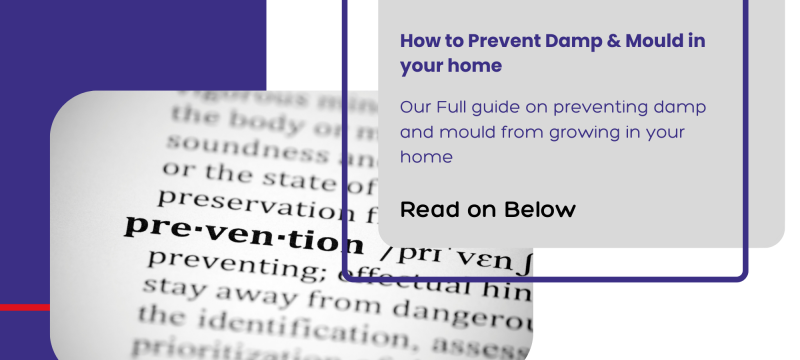
With rising fuel and energy costs more and more people are deciding to switch their heating off this winter. As result there has been an increase in the number of cases of damp and mould.
Damp and Mould can not only be very damaging to your property and furnishings but can also be detrimental to your hygene and your health if left unattendended.
In this guide we are going to explian the causes of Damp and Mould and a few ways you can decrease the odds of it sprouting up in your home.
Causes of Damp & Mould
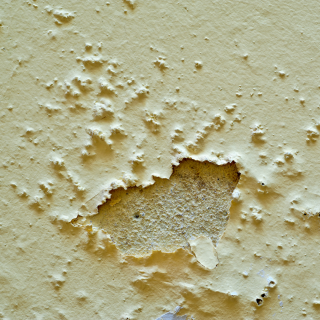
Damp is typically caused by condensation, this is caused when water-infused air hits a cold surface. Such as a window, mirror or wall.
The warmer air is the more water content it can carry, typically you can see this after you have had a hot shower. The steam from the shower carries lots of water, suddenly it hits a cold surface such as your mirror, this cools the air and drastically lowers the amount of water content it can carry, creating moisture.
When this happens in other rooms of your house typically this moisture pools at the bottom of windows or enters into porous surfaces such as furnishings.
Keeping your House Warm
In a world where heating costs are at an all-time high, the ideal solution may not be the best one in some circumstances.
The best way to prevent Mould and Damp is to heat your home a little. By setting the thermostatic radiator valves in cold underused rooms to one. It allows for these rooms to be heated just a little.
The reason this works is two-fold. The warmer the air is the more moisture it can hold. Also these radiators are normally placed in front of the coldest surface in the room, the windows.
However, this strategy might not be available to everyone in our current economic climate.
Sources of Humidity and Condensation
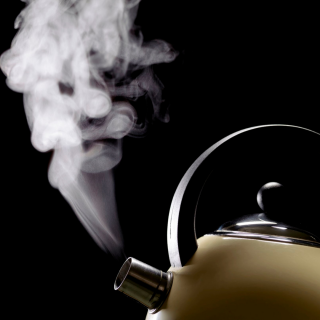
As discussed above the warmer the air the more water content it can hold. Which can affect how much it costs to heat your home.
The more water content is in the air, the harder it is to heat a room as your heating system is also trying to heat up all the water in the air in addition to the room. This is typically why it's harder to heat rooms to higher temperatures as this creates a feedback loop.
Because of this effect as well as other factors of humidity effects it may be worth getting a low-cost humidity meter. You will quickly realise how many different activities and environmental changes affect the humidity in your home.
It's well worth monitoring the following areas, as they typically have the most issues with Damp and condensation.
- Kitchens & Bathrooms
- Walls of rooms that meet with outside walls
- Corners of rooms far away from radiators
- Corners of rooms close to the bathroom and kitchen doors.
- Areas under, or behind Mirrors and Windows.
- Inside of Cupboards and under drawers and beds.
Daily Sources of Humidity & Damp
A number of different daily activities can generate large amounts of water vapour. More so than people realise.
| Source of Water Vapour | Litres of Water Vapour |
| Adult Sleeping | 0.02 Litres an Hour |
| Adult Awake | 0.2 Litres an Hour |
| Clothes Wash | 0.5 Litres Per Wash |
| Unflued Gas Heater | 1 Litre Per Hour |
| Washing Dishes | 1.5 Litre Per day |
| Shower/Bath | 1.5 Litre Per Person |
| Cooking | 3 Litres Per Day |
| Clothes Drying | 5 Litres Per Load |
| Potted Plants | 0.5 - 3.5 Litres per day. |
How to keep your house dry
There are four important actions you can do to keep your house dry. The first two are the cheapest options, the last two is attached to higher costs.
- Reduce the amount of water vapour produced in your home.
- Provide ventilation to vapour-prone areas, such as kitchens and bathrooms.
- Insulate the building.
- Heat the entirety of your home.
Low-cost Options:
- Open the windows throughout the house slightly
- Close the door of bathrooms and kitchens when in use
- Use lids on pots and pans, and simmer instead of boiling your food.
- Wipe Excess moisture from your windows and other cold metal surfaces
- Install Thermal lined curtains in cold rooms to help trap more heat, raising the temperature
- Move furniture away from outside walls, making damp-prone spots more open to the circulation of air
- Limit the number of potted plants inside your home, particularly in damp-prone zones
- Where possible dry clothes outside
- Use a dehumidifier in humid conditions
Higher cost Options
- Heat your home to at least 18 degrees throughout
- Check your energy efficiency rating and complete any insulation upgrades
- Install vents on the top of windowsills to allow for increased airflow.
- Install multiple dehumidifiers throughout your home.
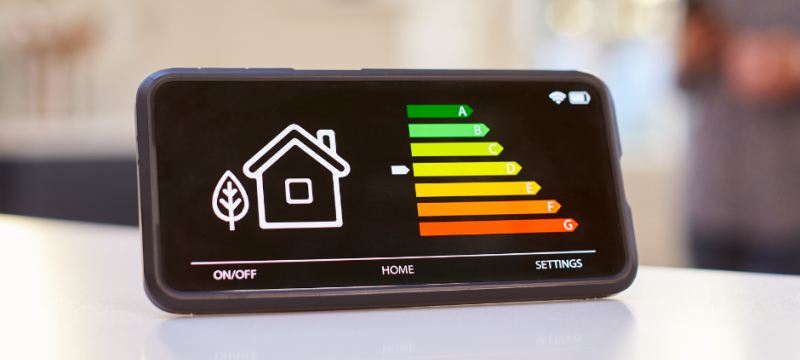
How to get rid of damp and mould
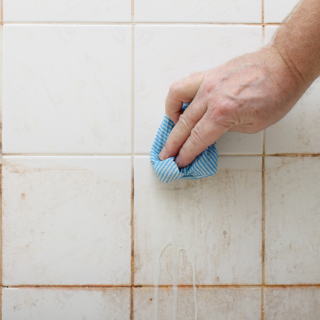
if you are reading this article it's likely it's because you already have dampness or mould in your home or have in the past.
The best way to remove dampness or mould is with a thorough cleaning, however, please be aware that mould is a dangerous substance and many of the chemicals used to clean them can have long-term health effects if breathed in or ingested.
Treating Dampness and Mould
Protect yourself from mould spores by wearing a mask that covers your nose, mouth and eyes, and long rubber gloves. Please ensure you open the windows. However, keep doors closed to prevent spores from spreading to other areas of the house.
Fill a bucket with water and a mild detergent, dip a cloth into the water and wipe the affected areas down. (Do not brush the mould as this can release mould spores)
Once you have removed the mould, wipe down the area and dry it. Clean and hover the rest of the room to ensure no spores remain.
Alternatively, you can use dedicated mould remover this is often necessary for cleaning hard-to-reach areas, or areas with mass outbreaks of mould.

Further help and advice
If you are looking for further help and advice we have a whole heap of articles on all aspects of heating. How long it takes for a boiler service, What happens during a boiler Installation, Energy Saving Tips and Our latest article on what to do if your heating system stops working.
If you've got any other burning questions you can contact us here, or start a live chat.

Sam Teal - Marketing Manager: How to deal with damp & mould (6th December 2022)
Sam is a seasoned writer, blending expertise in marketing, psychology, and emerging technologies.
With a keen understanding of consumer behaviour, Sam strives to make the heating industry greener and more sustainable. His diverse portfolio includes articles spanning multiple industries, including entertainment, board games, tech and of course the heating industry.
With a passion for change and innovation, Sam is one of many industry experts at Gasway Services LTD.
LinkedIn Instagram

